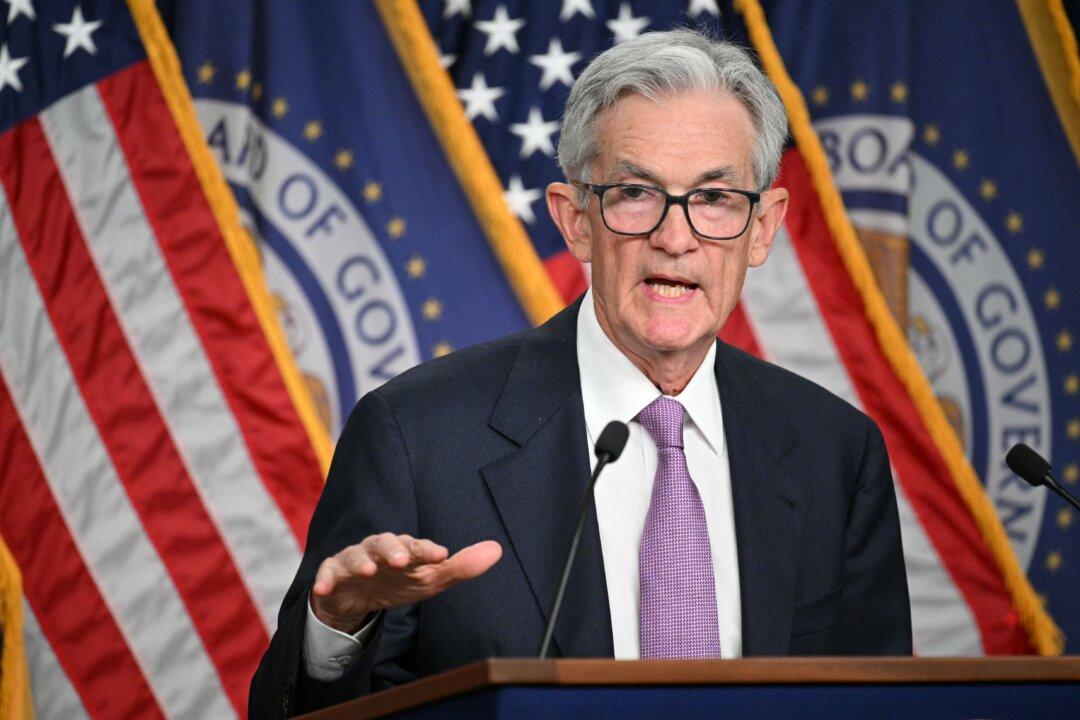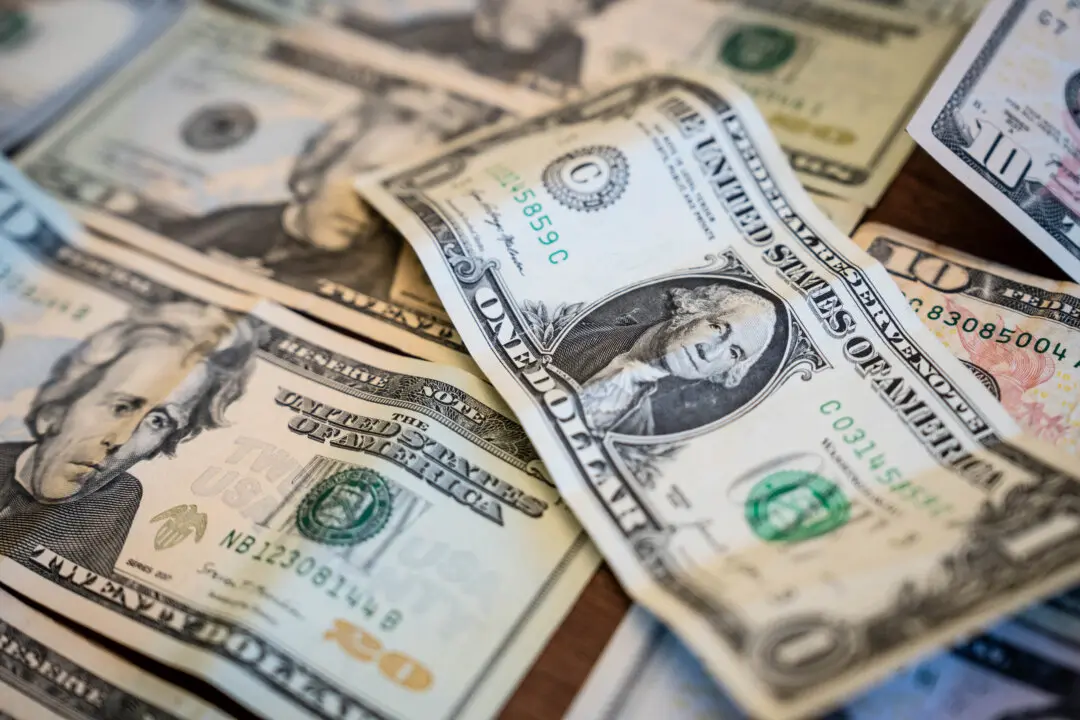Wall Street is keeping a close eye on the fractured relationship between Federal Reserve Chair Jerome Powell and President-elect Donald Trump ahead of the central bank chief’s term expiring in two years.
At the post-election policy meeting press conference on Nov. 7, reporters questioned Powell about his future at the central bank now that Trump has secured a second term.





